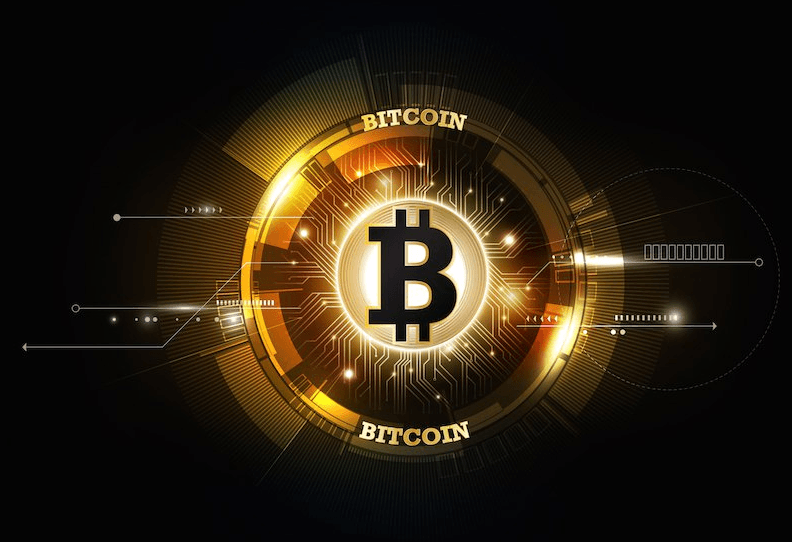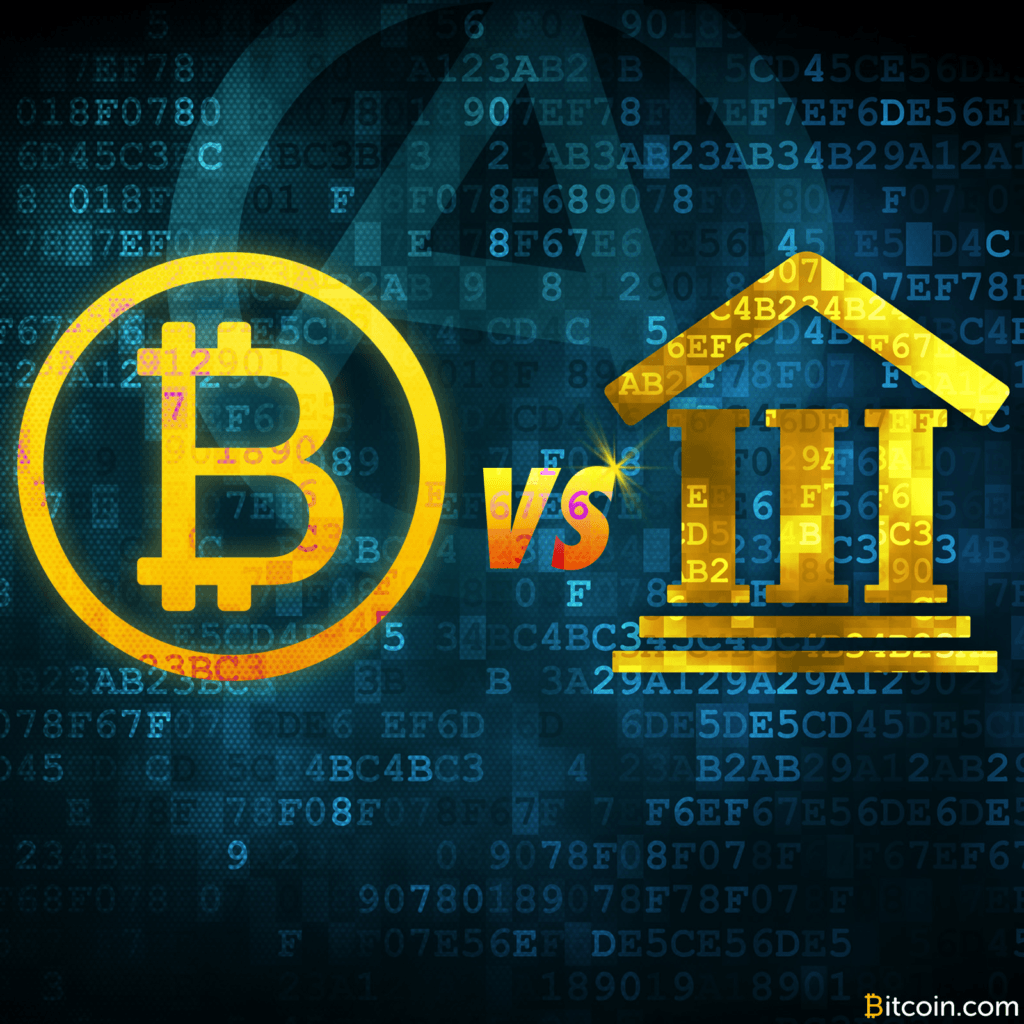Crypto Beginner Series EP 1: What is Bitcoin?
With the incredible amount of new people coming into the crypto space, I’ve decided to go back to the basics. I am writing this series that will take someone from zero knowledge about the industry to an expert. Each week, I’ll write about one blockchain or cryptocurrency element, ensuring you get a comprehensive understanding of what they are.
Bitcoin
Let me start with the one thing that has brought many of you to the cusp of this rabbit hole.
In 2009, an individual, or group of people, with the alias Satoshi Nakamoto created Bitcoin. It is a “decentralized, peer-to-peer, cryptocurrency that runs on blockchain technology”. While the above description is the “one-sentence standard,” for someone new to crypto it’s confusing. It doesn’t mean much and, basically, is enough to suffocate any spark of interest that may be just starting to ignite inside of you.
Although accurate, it is a mouthful of jargon that takes the fun out of Bitcoin. It would be like describing Email in the 1960s to a newcomer as “SMTP that sends digital messages from computer to computer over the internet.” This would confuse the hell out of just about anyone that lacks a tech background.
Today email is simply a way to send a message to someone instantly and Bitcoin will eventually simply be a digital asset or currency. With that in mind, below is an easier-to-understand and more detailed description of Bitcoin.
But let me just add one sentence first: Bitcoin is not the only use-case, or application, of blockchain technology.
Bitcoin Is Decentralized
The first thing you need to know about Bitcoin is that it is decentralized. What that means is that there is no central authority, organization, or group of people that control it.
Legacy (traditional) finance, on the other hand, is centralized. Singular entities control the rules, policies, and laws that dictate how each individual system works.
You know how only a few people make the decisions about money, like when to print more or what its inflation rate will be? Well, that’s centralization.
Bitcoin’s system distributes control away from any individual geographical or digital location. Anyone can interact with and join the network. For those that want to support the network, this can be done by voting, developing, or validating transactions. Alternatively, everyone else who simply wants to use the currency can hold it, sending or receiving it at will to anywhere in the world. There are no gatekeepers to stop you, all you need is electricity and an internet connection.
The decentralized nature of Bitcoin minimizes risk by spreading the network across the globe and even into outer space. Yes, there are even satellites in space acting as participants in the Bitcoin network.
Although I won’t go too much into what the Bitcoin network is as that will require diving into what Blockchain is (I’ll save that for another episode of this series), I do have a small section explaining this a little further below.
Bitcoin Is Peer-To-Peer And Cryptographically Secured
The peer-to-peer aspect goes hand in hand with it being decentralized. As you can guess, peer-to-peer simply means money can be directly sent without a controlling intermediary. There is no one sucking out fees and “assisting” in the transaction.
The active community of Bitcoin miners allows the transmission of the digital currency between two parties. They uphold the network and are rewarded for their work. This peer-to-peer nature of Bitcoin benefits from Bitcoin being a cryptocurrency rather than just a currency.
Crypto is short for cryptographic, which adds a layer of privacy and a near impossibility to counterfeit or double-spend currency. The cryptography aspect is necessary for the Bitcoin network as it eliminates the need for a trusted third party such as a bank or credit card company – thus making peer-to-peer safe.
Bitcoin Runs On Blockchain
The last important part of Bitcoin is that it runs on the blockchain, a fancy word that isn’t too difficult to break down. Bitcoin is the first iteration of blockchain technology. Essentially, blockchain maintains records by “chaining them together.” It bundles data up into groups called “blocks” and adds one after the other. Blockchain stores the oldest data at the beginning of the chain and continuously adds the newest data to the other end. The chain is secure in the sense that what has happened in the past can’t be edited or removed. It is immutable and accessible forever. A collection of computers, called nodes, store Bitcoin’s blockchain (the record of transactions), working together to consensually agree on new data added to the chain. The beauty of blockchain is that it solves the age-old problem of honest and trusted consensus in real-time on its own.
The average person can’t be expected to remember that Bitcoin is a “decentralized, peer-to-peer, cryptocurrency that runs on blockchain technology”. The truth of the matter is that either Bitcoin (and blockchain) will utterly fail, or it will exist without question. For many of us, we believe it will become the norm. It will become a technology we seamlessly enjoy rather than question or analyze.
If you found this article interesting, you might want to find out what Bitcoin is really used for.
The next episode in this series breaks down what Cryptocurrencies are.
Written by Adam Tarlowski



